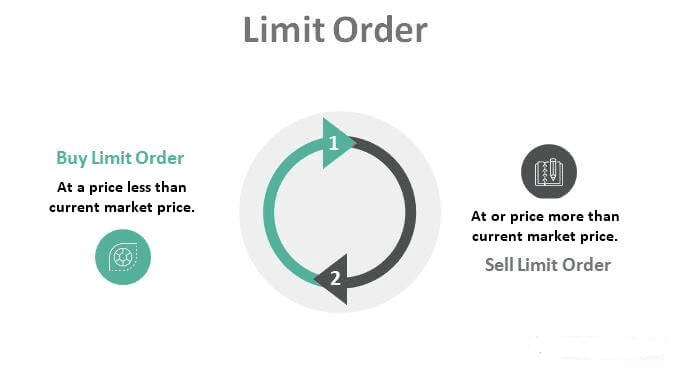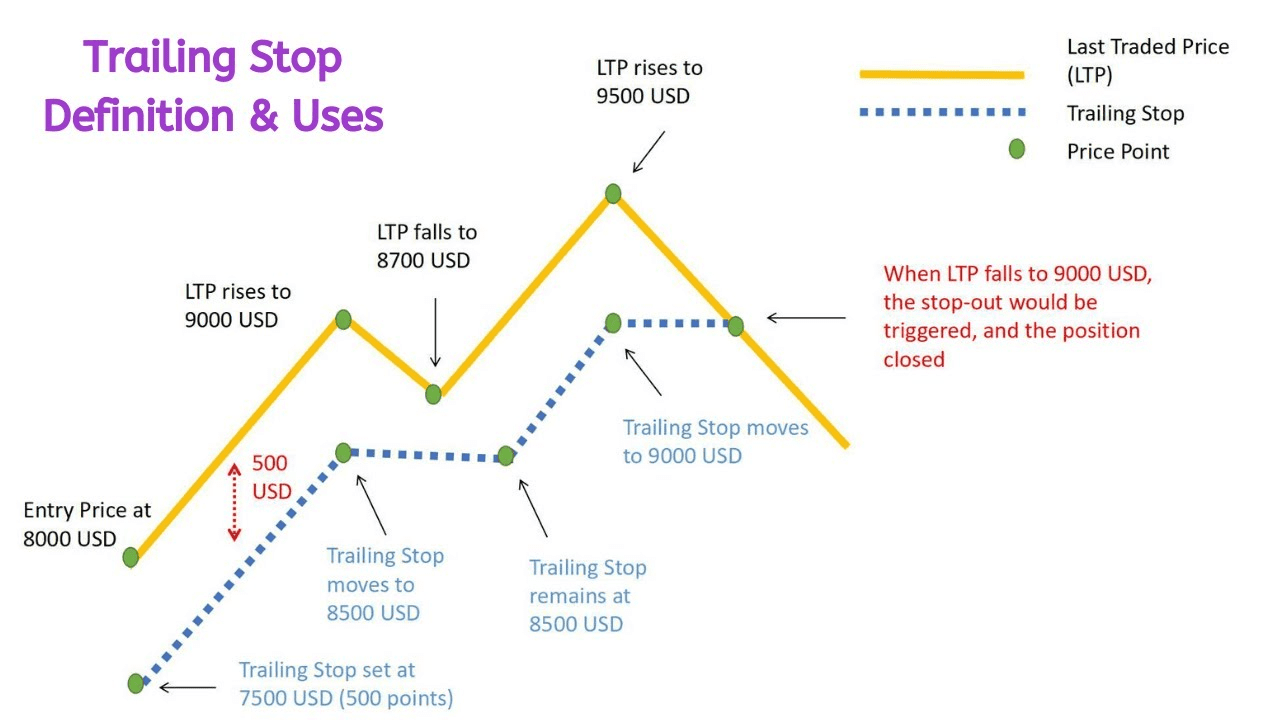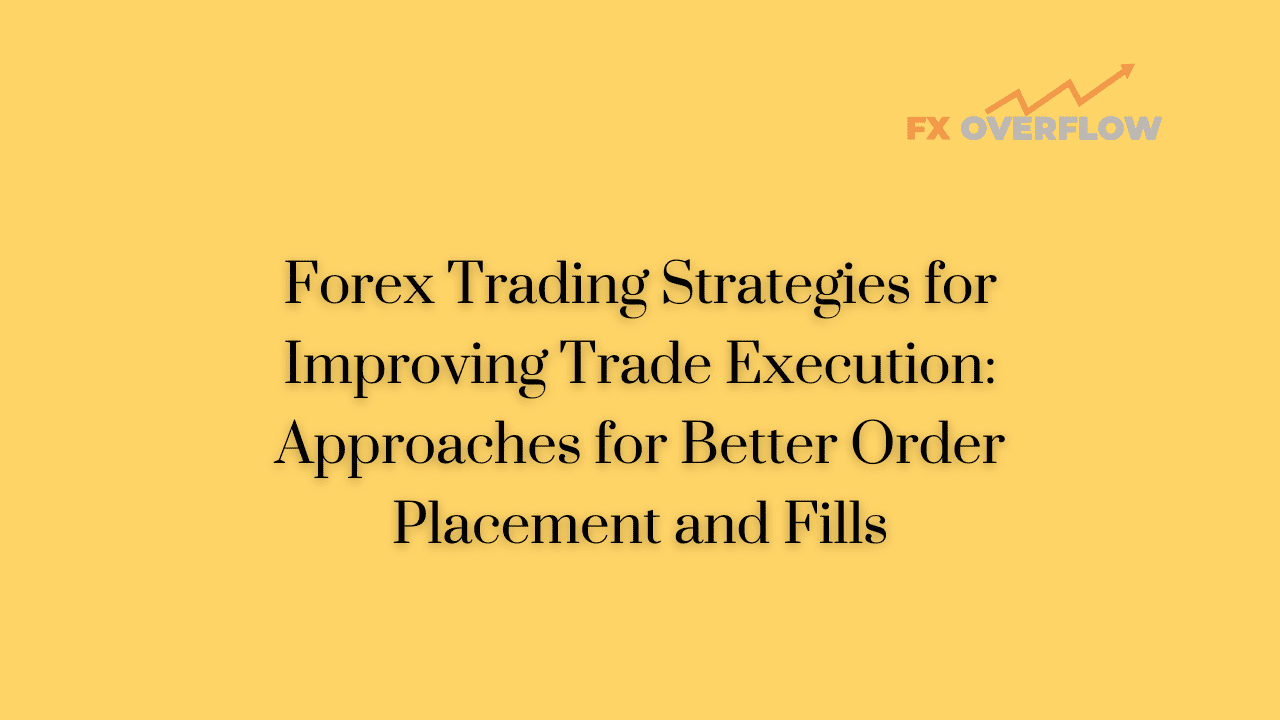Forex Trading Strategies for Improving Trade Execution: Approaches for Better Order Placement and Fills
Efficient trade execution is crucial in the fast-paced world of forex trading. In this article, we delve into various strategies that traders can employ to enhance their order placement and fills, ultimately leading to improved trading outcomes. We explore step-by-step explanations of different approaches, providing insights into how traders can optimize their execution process. Additionally, we address common FAQs to provide a comprehensive guide for traders seeking to refine their forex trading strategies.

Introduction:
Forex trading, the largest financial market in the world, offers unparalleled opportunities for profit. However, successful trading involves more than just analyzing charts and predicting market movements. Trade execution, the process of turning trading decisions into actual trades, plays a pivotal role in realizing trading strategies' potential. Efficient trade execution can significantly impact a trader's bottom line, making it imperative to adopt strategies that optimize order placement and fills.
In this article, we will explore various forex trading strategies that focus on improving trade execution. We will break down these strategies into step-by-step explanations, enabling traders to understand and implement them effectively. Furthermore, we will address frequently asked questions to provide a comprehensive resource for traders at all levels of expertise.
Bullet Points:
1) Understanding Market Order vs. Limit Order:
- Market Orders: These are executed immediately at the current market price. They ensure quick execution but may result in slippage during high volatility.
- Limit Orders: These are set at a specific price level, ensuring execution at that price or a better one. They help mitigate slippage but might not get executed if the market doesn't reach the specified price.
2) Utilizing Advanced Order Types:
- Stop-Loss Orders: Automatically close a trade at a predetermined price to limit losses.
- Take-Profit Orders: Close a trade when it reaches a specified profit level, helping traders secure gains.
- Trailing Stop Orders: Adjust the stop-loss level as the trade moves in the desired direction, protecting profits while allowing room for market fluctuations.
3) Impact of Volatility on Execution:
- High volatility can lead to slippage, where orders are executed at a different price than intended.
- During news releases or market events, consider avoiding market orders to prevent extreme slippage.
4) Time-Based Execution Strategies:
- Trading during specific market sessions can lead to better execution due to higher liquidity and lower spreads.
- Some traders prefer to avoid executing orders at market open or close when volatility is typically higher.
5) Algorithmic Trading:
- Automated trading systems use algorithms to execute trades based on predefined criteria.
- Algorithms can help overcome emotional biases and ensure trades are executed without delay.
6) Optimizing Trade Size:
- Properly sizing your trades helps manage risk and liquidity concerns.
- Avoid placing large orders in illiquid markets, as this can lead to poor execution.
7) Slippage Management:
- Slippage is inevitable, but using technology and platforms that offer slippage protection can mitigate its impact.
- Regularly monitor your broker's slippage statistics to assess the quality of execution.
8) Back-testing Execution Strategies:
- Back-test your execution strategies using historical data to understand their effectiveness under various market conditions.
- Adjust strategies based on the results of back-testing to improve their performance.
Step-by-Step Explanations:
1. Leverage Real-time Data Analysis: To enhance order placement and fills, traders should utilize real-time market data. This includes monitoring price feeds, order book depth, and liquidity levels. By analyzing these metrics, traders can identify optimal entry and exit points, reducing the risk of slippage and ensuring more favorable fills.

2. Utilize Limit Orders: Limit orders allow traders to specify the price at which they want to execute a trade. This approach can help traders avoid unfavorable price movements by waiting for the market to reach their desired entry or exit level. However, it's important to strike a balance between setting a competitive price and waiting excessively, as the market might not always reach the specified price.

3. Implement Trailing Stops: Trailing stops automatically adjust as the market price moves in the trader's favor, helping lock in profits while giving room for potential gains. This strategy is particularly useful during volatile market conditions, as it allows traders to capture maximum profit while mitigating the risk of abrupt reversals.

4. Use One-Cancel-Other (OCO) Orders: OCO orders allow traders to place both a take-profit and a stop-loss order simultaneously. If one order is executed, the other is automatically canceled. This strategy helps traders manage risk and potential profits without constantly monitoring the market.
5. Diversify Liquidity Providers: Depending on the broker, traders may have access to multiple liquidity providers. Diversifying liquidity sources can improve the chances of getting favorable fills, as different providers may have varying levels of supply and demand.
6. Time Trades Wisely: Forex markets operate 24/5, and trade execution can vary based on time zones and market activity. Traders should be aware of peak trading hours when liquidity is highest and spreads are typically tighter. Avoiding major economic announcements and low-liquidity periods can also contribute to better execution.
FAQs:
Q1: What is slippage, and how can I avoid it?
A: Slippage refers to the difference between the expected price of a trade and the actual executed price. To minimize slippage, utilize limit orders and real-time data analysis to enter trades at favorable prices.
Q2: Can I improve execution without changing my trading strategy?
A: Yes, by focusing on optimizing order placement and fills, you can enhance execution outcomes without altering your core trading strategy.
Q3: How do trailing stops work, and when should I use them?
A: Trailing stops automatically adjust as the market price moves in your favor. They are particularly effective during trends and volatile conditions, allowing you to secure profits while remaining adaptable to market movements.
Q4: What should I consider when choosing a forex broker?
A: Look for brokers with a solid reputation, reliable execution speeds, and competitive spreads. Additionally, consider the broker's available trading platforms and order types.
Q5: Are these strategies suitable for beginners?
A: Yes, these strategies are applicable to traders of all levels. Beginners should start with basic concepts like limit orders and gradually incorporate more advanced techniques as they gain experience.
Footnote:
Efficient trade execution is an art that requires a combination of technical analysis, market awareness, and strategic planning. By adopting the forex trading strategies discussed in this article, traders can enhance their order placement and fills, ultimately leading to improved trading outcomes. Through real-time data analysis, limit orders, trailing stops, OCO orders, liquidity diversification, and timely trade execution, traders can navigate the complex world of forex trading with greater confidence and success. Whether you're a novice or an experienced trader, mastering these strategies can make a significant difference in your trading journey.











Discussion